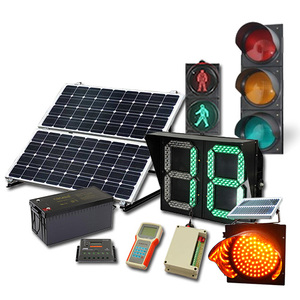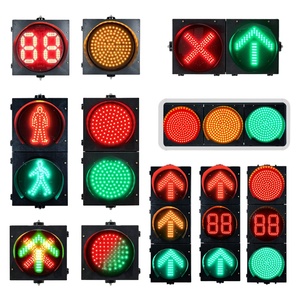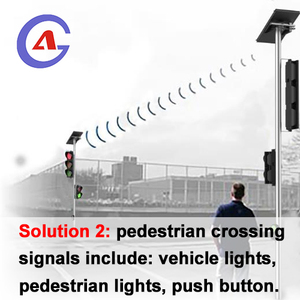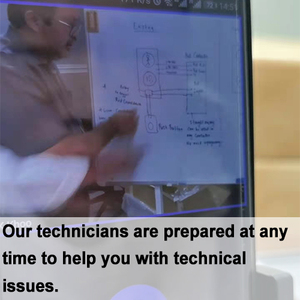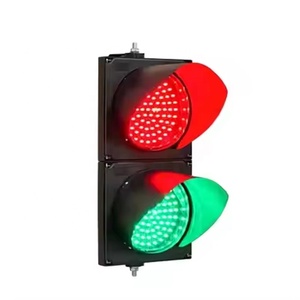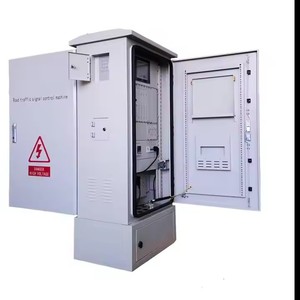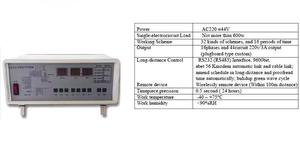Introduction to Smart Traffic Light System
A smart traffic light system is an innovative solution designed to enhance urban mobility and manage road traffic efficiently. By leveraging advanced technologies such as IoT, AI, and real-time data analytics, these systems optimize traffic flow, reduce congestion, and improve overall safety on the roads. With the growing need for smarter city solutions, smart traffic light systems are becoming essential to urban planning and transportation management.
Types of Smart Traffic Light Systems
Smart traffic light systems can be categorized into several types, each tailored to meet the specific needs of urban environments:
- Adaptive Traffic Signals: These signals adjust their timing based on real-time traffic conditions, improving flow during peak hours.
- Connected Traffic Lights: Integrate with vehicles and infrastructure to communicate data and adjust signals accordingly.
- Pedestrian-Friendly Systems: Designed to prioritize pedestrian safety and enhance crosswalk timings during busy foot traffic.
- Emergency Vehicle Preemption: Allows emergency vehicles to change light signals for faster transit through congested areas.
Features and Applications of Smart Traffic Light Systems
Smart traffic light systems come equipped with a variety of features and applications that significantly improve urban traffic management:
- Real-Time Traffic Monitoring: Utilizes cameras and sensors to gather data on traffic density and conditions.
- Traffic Prediction: Employs algorithms to predict traffic patterns, allowing for proactive signal adjustments.
- Integrated Communication: Connects with other smart city infrastructure to optimize routing and reduce bottlenecks.
- Data Analytics: Provides valuable insights into traffic behavior and patterns for city planners and officials.
These systems find applications in:
- Urban roadways
- Highways
- Parking management systems
- Pedestrian crossings
Advantages of Implementing Smart Traffic Light Systems
The implementation of smart traffic light systems offers numerous advantages, making them an invaluable asset for modern cities:
- Reduced Traffic Congestion: Enhances overall traffic flow and minimizes wait times at intersections.
- Improved Safety: Lowers the likelihood of accidents by managing vehicle and pedestrian interactions effectively.
- Decreased Emissions: Less idling time leads to lower carbon footprints from vehicles.
- Cost-Effective Maintenance: Remote monitoring and diagnostics reduce the need for frequent manual inspections.
- Enhanced Mobility: Facilitates smoother traffic movement, benefiting public transportation systems and commercial deliveries.
Functionality and Design Aspects of Smart Traffic Light Systems
The functionality and design of smart traffic light systems are crucial to their success in traffic management:
- User-Friendly Interfaces: Modern systems feature intuitive interfaces for city operators, allowing quick adjustments and access to data.
- Robust Sensor Technology: High-resolution cameras and sensors installed at intersections ensure accurate traffic detection and timing.
- Modular System Designs: Flexible configurations allow for easy adaptation in various urban layouts and traffic scenarios.
- Energy-Efficient Lighting: LED and solar-powered options reduce energy consumption while maintaining visibility.
In conclusion, the smart traffic light system represents a monumental step forward in urban traffic management, combining technology and design to foster safer, more efficient transportation networks.
